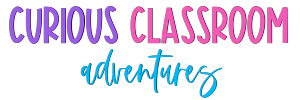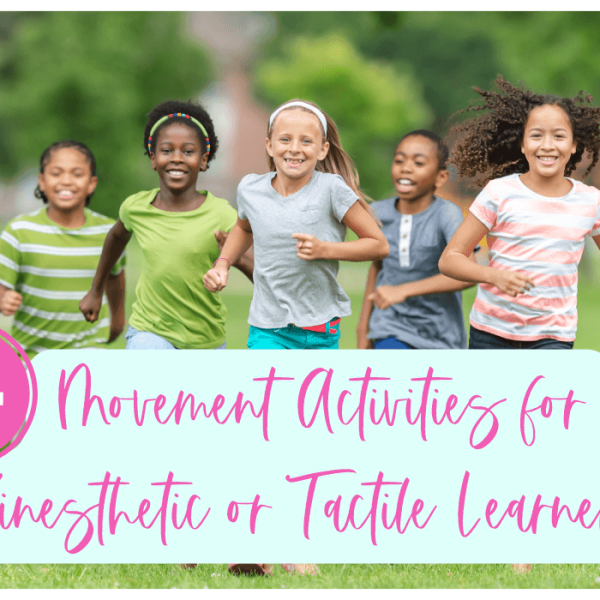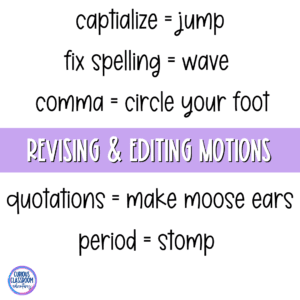Movement activities are a great way to help kinesthetic and tactile learners stay engaged in learning. They provide an opportunity for students to get up and move, which can help them focus and learn more effectively. Read this blog post to explore four fun movement activities to use in upper elementary classrooms.
Kinesthetic Scavenger Hunt
The first activity is a kinesthetic scavenger hunt. This can be done inside or outside the classroom, depending on the space and resources available. Students will need to move around to find different objects or answer questions. Use this activity to review concepts previously taught concepts, or use it as an introduction to new material. For example, if you are asking multiple-choice questions you might have a key like the one below and then scatter those shapes around the room. In order to answer the question, students would go stand on that shape or find that shape somewhere in the room and hold it up.
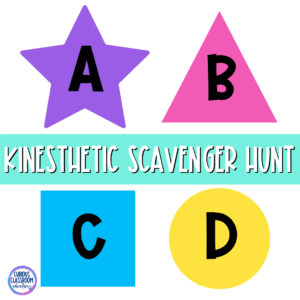
Kinesthetic Memory Game
The second activity is a kinesthetic memory game. Play this game in pairs or small groups. Students will need to remember the order of different actions, movements, or steps. Review previously taught material with this activity. For example, if you are reviewing the steps of the scientific method, students could act out each step in order and then their partner would have to remember the order and perform the steps themselves. If you are practicing editing sentences you can assign motions for each type of punctuation and have students act out the order of punctuation marks or edits needed to fix a sentence. Check out these daily language reviews for a daily dose of this kinesthetic grammar practice!
Tactile Memory Game
The third activity is a tactile memory game. This is similar to the kinesthetic memory game. However, instead of remembering actions or movements, students will need to remember the order of different objects. This activity is a great way to review vocabulary words, spelling words, or math facts. For example, if you are reviewing spelling words, you can write each word on a separate index card and then shuffle them. Students will need to put the cards in order without looking at them. If you are reviewing vocabulary words, you can write the words on one set of cards and the definitions on another. Students will need to match the words with the correct definitions.
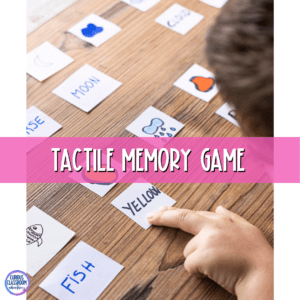
Kinesthetic Simon Says
The fourth activity is a kinesthetic Simon Says game. Review any material with this classic kinesthetic game. Students will need to follow the instructions of the person who is Simon. Simon can give instructions that involve movements, actions, or steps. For example, if you are reviewing the parts of a plant, you can have students pretend to be a plant and then Simon could say “touch your stem” or “wiggle your roots”. If you are reviewing spelling words, Simon could say “spell the word on your hand” or “spell the word while hopping on one foot”.
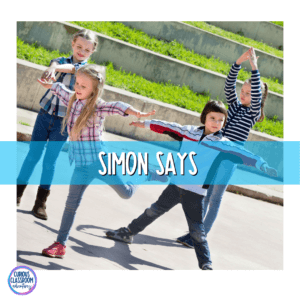
These are just four fun movement activities that can be used to help kinesthetic and tactile learners stay engaged in learning. There are many other kinesthetic and tactile activities that can be used in upper elementary classrooms. If you have any kinesthetic or tactile activities that you use in your classroom, please share them in the comments!
Happy teaching! 🙂
P.S. Learn more about planning for kinesthetic or tactile learners in this blog post about repurposing writing prompts.
